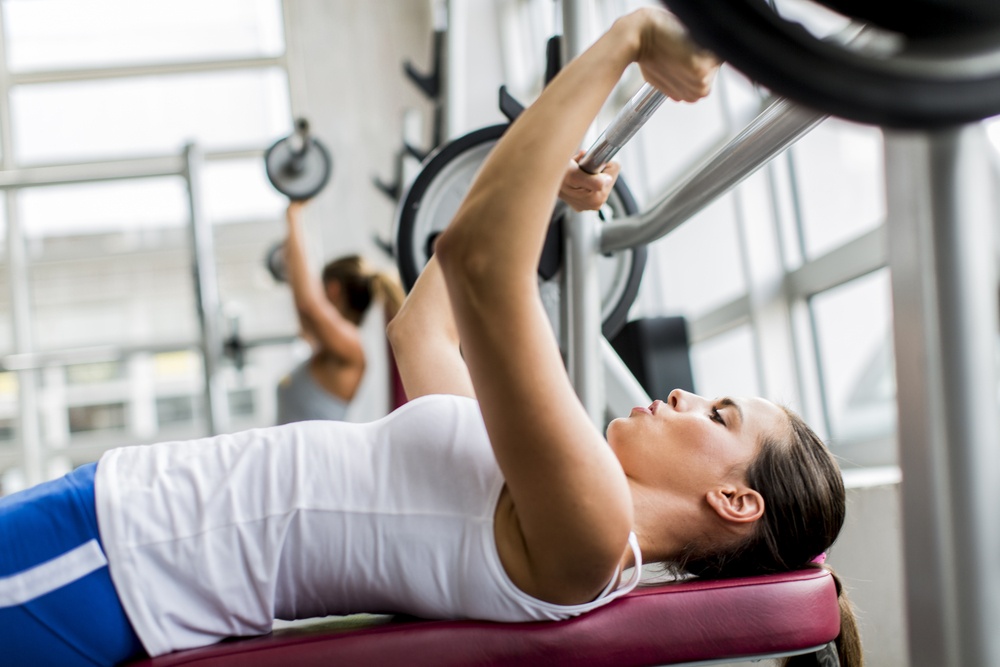Weightlifters often suffer from overuse injuries and strains, especially at the shoulder. Shoulder Impingements are perhaps the most common injuries a weightlifter sustains. Unfortunately, if a shoulder impingement is ignored it can cause severe pain and damage the joint to the point where surgery may be necessary. Here’s what every weightlifter should know about shoulder impingements.
Weightlifters often experience shoulder impingement because the repeated action of lifting your arm over your head will cause your rotator cuff muscles to squeeze its tendons against your acromion (bone at the top of the shoulder). As the tendons continue to get trapped, or impinged, under the rough bone it will become irritated and inflamed. This can also cause irritation of the bursa, or the soft gel-like sac that is supposed to help your tissues move smoothly over bones in the joint area. While shoulder impingement alone can cause pain and loss of mobility, it often leads to tendinitis, or inflammation of the shoulder joint tendons, as well as bursitis, or inflammation of the bursa.
Lateral raises, bench presses and shoulder presses can all lead to shoulder impingement.
Symptoms
The first sign that you may have shoulder impingement is pain in the front of your shoulder and the side of your upper arm when you raise your arms over your head. Your pain should stop at the elbow. As the injury progresses, you’ll feel the pain more often.
You should see an orthopedic and sports medicine shoulder specialist like Dr. Leon E. Popovitz if you experience any shoulder pain while working out. Shoulder impingement can be treated with conservative therapy in its early stages. It will only take a physical examination and an x ray for Dr. Popovitz to diagnose your injury.
Treatment
Once you’ve been diagnosed with shoulder impingement, you must stop lifting weights overhead for a short time to allow the tendons in your shoulder to heal. You can then begin a physical therapy program to restore mobility in your shoulder. First you will stretch the tissues in the area to relieve symptoms of pain and inflammation with manual massage and guided stretches. Once your range of motion is restored, you can begin strengthening the muscles with the guidance of a sports medicine specialist in order to prevent the injury from recurring in the future.
Your orthopedist may administer a corticosteroid injection to your shoulder joint to help with inflammation while you stretch the joint. This should provide pain relief for months.
In severe cases where physical therapy does not relieve your shoulder impingement, arthroscopic shoulder surgery may be necessary. Arthroscopic surgery is a minimally invasive procedure, so there is no hospital stay and limited recovery time following surgery. Very small instruments are used to shave your acromion bone and provide more space for the tendons attached to the rotator cuff muscle, as well as correct any other damage to the tissues and bone in the joint. You will need at least 2 to 4 months of physical rehabilitation to return to your normal range of motion without pain.




